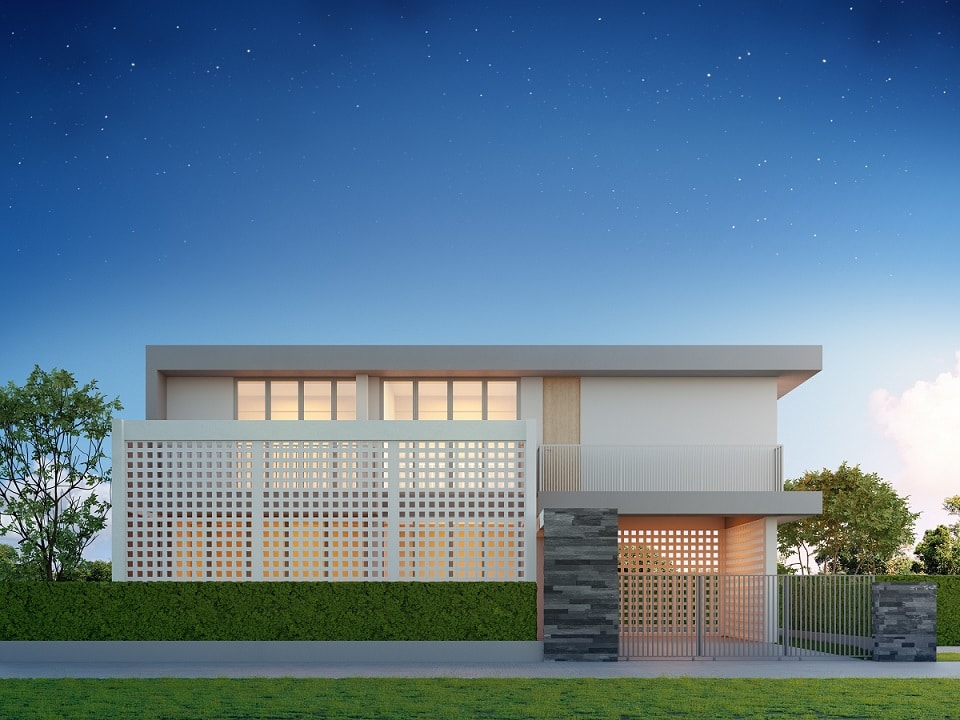
Homes built for the future encompass increasingly popular passive design principles. From green ratings and solar energy to orientation, insulation and glazing, constructing a certified passive-design property is not only an exercise in cost-cutting and energy efficiency, but it can also add resale value.
Passive principles
Buildings built in accordance with the Passive House (Passivhaus, a concept developed for Germany’s cold climates to ensure the highest level of thermal comfort with minimal energy input) standard are said to be the most energy-efficient buildings worldwide — known to reduce energy consumption by up to 90 per cent.
Green Star ratings
A Green Star is the trusted mark of quality for the design, construction and operation of sustainable buildings. But what are its benefits?
Improved ventilation, including other indoor environmental standards, and low-toxic materials are the health-giving qualities.
Green Star-certified buildings use 66 per cent less electricity and produce 62 per cent fewer greenhouse gas emissions than the average building. They also use 51 per cent less potable water than average buildings and recycle 96 per cent of their waste (compared with 58 per cent for the average new construction project).
Passive design homes are well insulated, airtight and largely reliant on passive solar heating and cooling to minimise energy use.
Orientation, spatial zoning, thermal mass, ventilation, insulation, shading and glazing are the seven core components of passive homes, creating a holistic approach to building design that results in improved energy performance.
If not new, then improved
Although passive designs are most often applied to newly constructed buildings, passive design can also be used to refurbish existing buildings. To date, retrofitting passive house design features to older buildings has been successful in countries such as Austria, Germany and Switzerland, where cold winters denote the need for increased warmth and energy efficiency.
If building from the ground up isn’t possible, installing shades, movable shutters, glazed windows, better ventilation systems, insulation, north-facing windows and similar features can help enhance the building’s energy efficiency.
A brighter future
A passively designed home could well be your gateway to achieving a cost-effective and comfortable lifestyle that benefits both the environment and property values.
